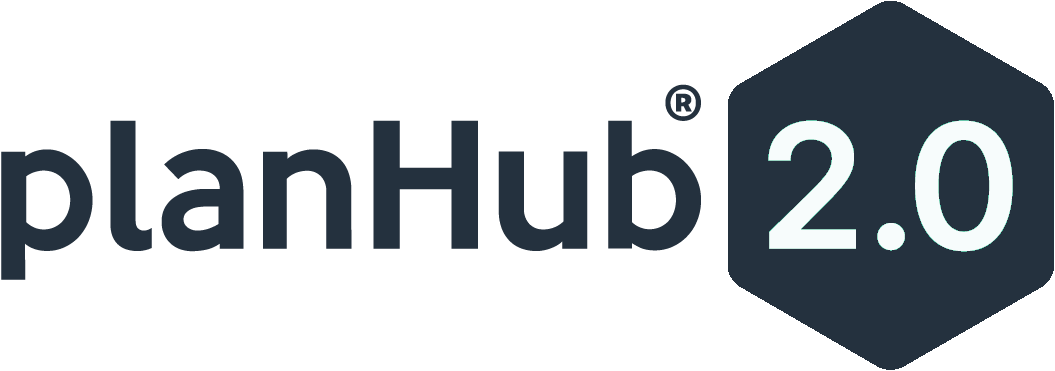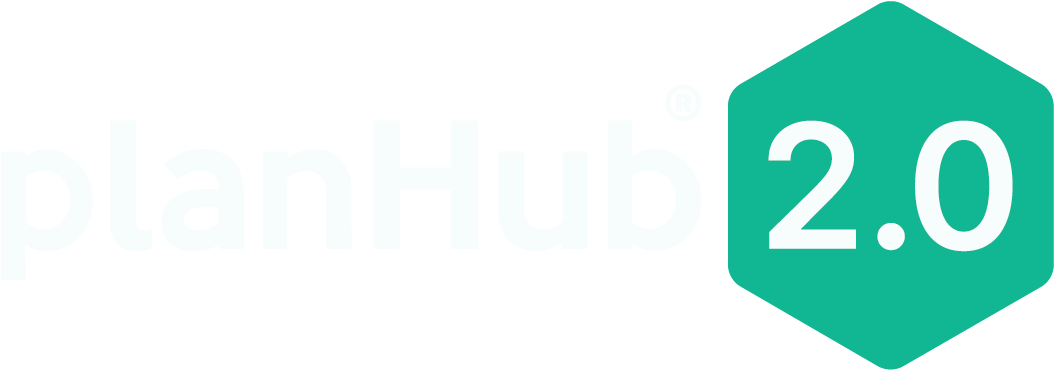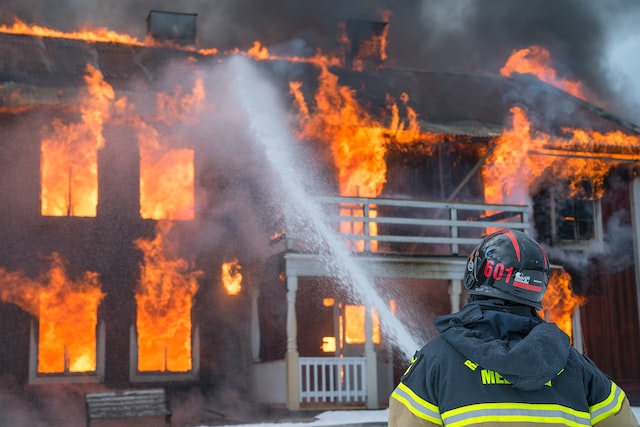When there’s a fire in a building, the most important thing is time. Occupants need as much time as possible to escape, and firefighters need time to arrive and fight the fire. How a building is designed and the materials that are used to construct it have a great effect on how much time occupants will have to escape. Fire resistant construction gives occupants the greatest amount of time to escape.
Here’s a look at what fire resistant construction is, what it’s not, and which materials are best to use to provide the greatest protection from fire damage.
What is fire resistant construction?
Fire resistant construction slows the spread of fire by increasing the amount of time it takes to spread or pass from one material to another. The goal of fire resistant materials is to provide more time for occupants to leave the building. The longer it takes fire to affect the material or structure, the longer occupants have to escape.
Fire resistant materials are designed not to combust, and should self-extinguish once the source of ignition is removed. Materials are rated by the amount of time the material holds up during a controlled burn test. You’ll often find exterior doors and drywall rated this way. Doors may be rated for 30 or 60 minutes. Drywall can be found with 30, 60, and 90 minute ratings.
Note that the rating may not indicate how long the material will hold up in real-world scenarios. Often the temperature of the fire or the condition of the material can affect its performance and how long it holds up.
What is fire resistive construction?
Fire resistive construction refers to a building design and construction method that is specifically engineered to withstand and contain the spread of fire. This type of construction employs materials and techniques that have been tested and proven to resist the effects of fire for a specified period, providing occupants with more time to evacuate safely and reducing the potential for structural damage. Common elements of fire resistive construction include fire-resistant materials such as fire-rated doors, walls, and floors, as well as the use of fireproof coatings and structural designs that hinder the progress of flames and heat. The goal is to create a structure that can withstand fire and maintain its structural integrity, protecting both people and property in the event of a fire emergency.
Is fire resistant the same as fireproof?
Fire resistant and fireproof materials refer to the same thing. Both terms refer to materials that will burn slowly, reducing the spread of fire and allowing occupants time to escape.
Fire resistant vs non-combustible
Before we compare the terms fire resistant and non-combustible, we need to look at what combustible means. Combustible materials are those that ignite or burn easily. These materials release flammable vapors that help and support further combustion.
Non-combustible materials do not ignite, burn, or release the flammable vapors that support combustion.
In contrast, fire resistant materials are designed to contain fire and retain structural integrity so occupants can escape.
Fire resistant materials “hold” the fire within them to prevent spread, while non-combustible materials don’t burn at all.
What building materials are fire resistant?
There are a variety of materials that can be used to help prevent the spread of fire in a building.
Stone and brick
Certain types of natural stone can provide fire protection. Sandstone is probably the best material in this category. Other types of stone, like limestone and granite, are not as effective due to their reaction to heat. Limestone may be prone to crumbling and granite can explode.
Clay bricks provide excellent fire protection. They are sturdy and maintain their structural integrity even when surrounded by fire. Brick is commonly listed as the best building material for fire protection. By changing the thickness of a brick wall, designers can achieve between one and four hours of fire protection.
It’s important to note that the weakness of a brick wall is the masonry used to hold the bricks together. Mortar is a cement mixture, and as such provides some fire protection, but it isn’t as effective as the bricks themselves.
Concrete
Similar to brick, concrete is one of the best materials you can use to prevent the spread of fire. It takes a long time for fire to affect its structural properties (up to 60 minutes for reinforced concrete). Concrete is often used to protect less fire resistant materials, like steel, by surrounding the vulnerable material. The exact amount of protection will depend on the mix design, with mixes with more natural aggregate being slightly less protective.
Drywall
Drywall or sheetrock is composed of gypsum and paper board. It comes in a variety of types with special characteristics that make it best for certain applications. Type X drywall has been treated with special chemicals to create a slow-burning material. The outside paper is treated to be slow burning and the gypsum core is non-combustible. In addition, the core contains water and calcium sulfate that have been chemically combined. When subjected to the heat from a fire, the water comes out as steam, which impedes the transfer of heat through the core. The amount of protection provided by drywall can be increased by installing multiple layers of Type X to a wall assembly.
Treated wood
Wood by itself is flammable and provides an excellent material for burning. However, specially treated lumber creates a charred surface that provides a barrier to further burning, protecting the structural integrity of building assemblies. The chemicals used to treat lumber include ammonium phosphate, sulfate, and zinc chloride.
Treated cellulose insulation
Cellulose insulation treated with a borate solution provides more than just protection from a hot or cold climate. The protective solution can also block the heat from flames.
Depending on where a project is constructed and its vulnerability to fire, you may be required to use materials like those above to protect building occupants and possessions. Fire resistant construction can be especially important in areas prone to wildfires and those that aren’t protected by traditional fire sprinkler systems.
What construction material is used for its fire resistance?
Several construction materials are commonly used for their fire resistance in fire resistive construction. Some of these materials include:
- Fire-rated gypsum board: Gypsum board, also known as drywall, can be manufactured with additives to enhance its resistance to fire.
- Fire-resistant glass: Glass treated to withstand high temperatures and prevent the passage of flames and smoke.
- Fire-retardant treated wood: Wood that has been chemically treated to resist ignition and slow down the combustion process.
- Fire-resistant doors: Doors constructed with materials like metal, gypsum, or other fire-resistant materials, often equipped with fire-rated hardware.
- Fire-resistant coatings: Specialized coatings applied to surfaces to enhance their resistance to fire, commonly used on structural elements like steel.
- Fire-resistant insulation: Insulation materials designed to resist fire and slow down the spread of flames.
- Concrete and masonry: These materials inherently have good fire resistance due to their composition and density.
- Intumescent coatings: These coatings expand when exposed to heat, forming a protective layer that insulates and shields the underlying material.
- Fireproof sealants: Used to seal joints and gaps in construction to prevent the passage of flames and smoke.
- Steel with fire-resistant coatings: Structural steel elements are often coated with materials that provide a layer of protection against high temperatures.
The choice of materials depends on the specific requirements of the building code, the type of construction, and the desired level of fire resistance. Building designers and engineers carefully select and integrate these materials to create structures that meet safety standards and regulations.
Fire resistive construction is a crucial aspect of building design and safety, encompassing various construction types tailored to withstand the destructive forces of fire. The classification of fire resistive construction types depends on the materials and techniques employed to impede the spread of flames and ensure structural integrity during a fire emergency. Common classifications include Type I (Fire Resistive) and Modified Fire Resistive (Type IIA), each adhering to specific fire-resistive requirements outlined in building codes. These regulations dictate the use of fire-resistant materials, such as gypsum board, fire-rated glass, and fireproof coatings, along with strategic design elements to enhance overall fire safety. Implementing these measures in construction helps mitigate the potential risks associated with fires, providing occupants with valuable time for evacuation and minimizing structural damage. As a result, fire resistive building construction plays a pivotal role in fostering a safer built environment.




